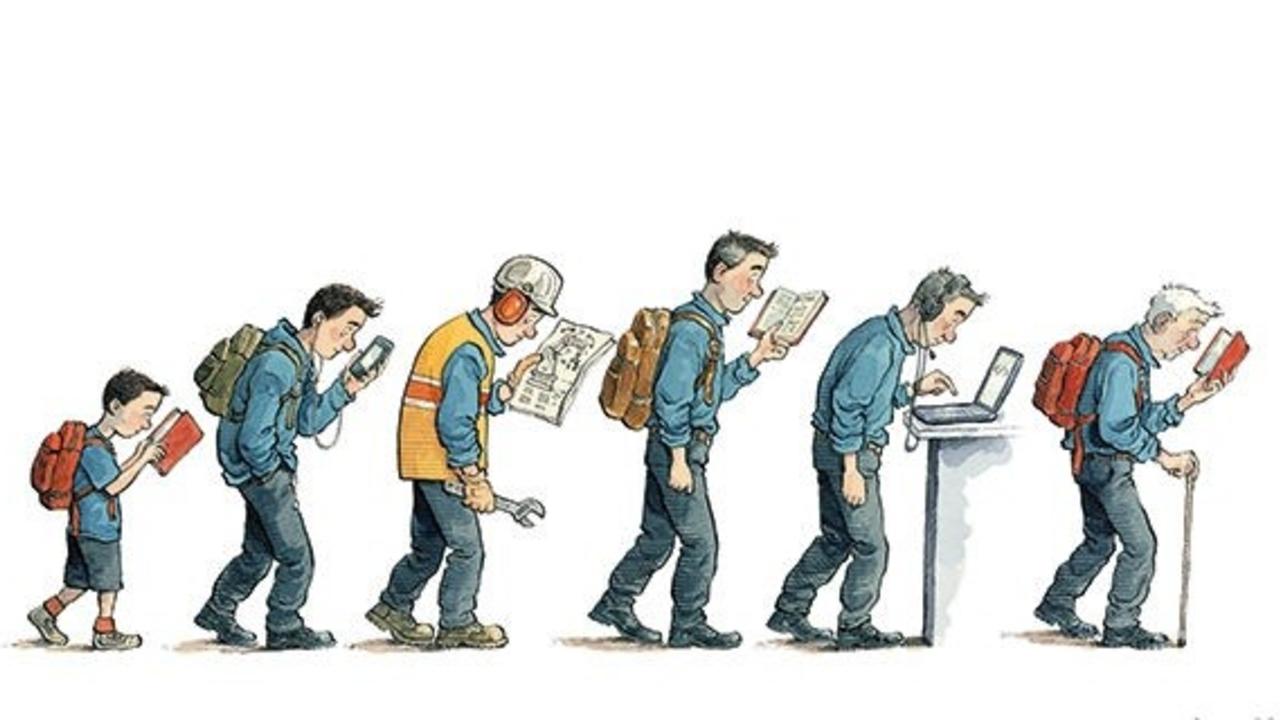1. Introduction to Lifelong Learning
Lifelong learning is a commitment to continuously improving one’s skills, knowledge, and understanding across one’s life. Unlike traditional education, which often ends with formal schooling, lifelong learning is about ongoing personal and professional growth. Embracing this approach is essential in a world where technology, jobs, and society rapidly evolve. Through lifelong learning, individuals can stay current, adapt to changes, and build resilience in their personal and work lives. This learning mindset goes beyond professional development, encouraging personal fulfillment and a better understanding of the world.
2. Benefits of Lifelong Learning
Lifelong learning brings various benefits. It enhances cognitive functions, keeps you adaptable to changes, and opens up new opportunities. It also contributes to mental well-being by promoting a sense of purpose and accomplishment. People who engage in continuous learning often feel more confident, informed, and capable of tackling life’s challenges. Beyond professional gains, lifelong learning fosters personal growth, helping you cultivate hobbies, meet like-minded individuals, and develop skills that enrich your life. Embracing lifelong learning ultimately enhances one’s quality of life and happiness.
3. The Importance of Lifelong Learning in the Modern World
With technology advancing rapidly, skills can quickly become outdated. Lifelong learning ensures that individuals remain relevant and employable. Whether adapting to new software, understanding global trends, or developing interpersonal skills, lifelong learning keeps individuals competitive. In the modern world, where automation and artificial intelligence are reshaping industries, continuous education is a way to future-proof oneself. By staying curious and open to learning, individuals position themselves to seize emerging opportunities rather than fearing change.
To know more click here
4. Types of Lifelong Learning
Lifelong learning can be formal or informal. Formal learning includes structured courses, certifications, and degrees, while informal learning might include online courses, books, or self-directed research. Other types include social learning (collaborating with others), experiential learning (learning through experience), and e-learning (online education). This variety allows learners to choose methods that best fit their lifestyle, goals, and learning preferences. With so many options, lifelong learning is accessible to everyone, regardless of their schedule, location, or budget.
5. How to Start Lifelong Learning
Begin by identifying areas of interest or skills you wish to improve. Start small, setting achievable goals like reading one book per month or signing up for a workshop. Online platforms, libraries, and community centers offer various learning opportunities. Schedule time for learning activities weekly and treat them as commitments. Tracking progress also helps in maintaining motivation. Over time, these small steps can lead to significant growth, and learning becomes a habit rather than an obligation.
6. Lifelong Learning and Career Growth
In today’s competitive job market, lifelong learning is crucial for career growth. Continuous learning helps professionals keep their skills relevant, making them more valuable in their roles and better positioned for promotions or new opportunities. Upskilling in fields like digital marketing, coding, or project management can improve job performance and open doors to higher-level positions. Additionally, it signals to employers a proactive mindset and a commitment to personal and professional growth, qualities highly sought after in any industry.
7. The Role of Technology in Lifelong Learning
Technology has made lifelong learning more accessible than ever. Online courses, webinars, and e-books offer flexible options to learn anytime, anywhere. Mobile apps provide bite-sized learning experiences, allowing individuals to fit learning into their daily routines. Social media and forums also foster learning communities where individuals share knowledge and resources. Technology bridges the gap, making high-quality education accessible to people across demographics, income levels, and locations, thereby democratizing learning.
8. Lifelong Learning for Personal Fulfillment
Lifelong learning is not only for professional growth but also for personal fulfillment. Learning a new language, taking up a hobby, or understanding a different culture can enrich your life in countless ways. These activities contribute to personal satisfaction, provide a sense of achievement, and add balance to one’s life. When learning is driven by passion, it becomes a source of joy and a meaningful way to spend time. By exploring personal interests, lifelong learning adds depth to life beyond work.
9. Challenges in Lifelong Learning and How to Overcome Them
Time constraints, lack of motivation, and financial limitations can pose challenges. To overcome these, start with free resources or short courses to build momentum. Set realistic goals and prioritize learning activities to make time for them. Online communities can provide encouragement, keeping you motivated. Lifelong learning doesn’t have to be expensive or overwhelming; it’s about consistency, finding joy in growth, and taking advantage of available resources to keep progressing without stress.
10. How to Make Lifelong Learning a Habit
To make lifelong learning a habit, integrate it into your routine. Dedicate specific times for learning each week, use a planner to track progress, and celebrate achievements. Start by setting small, manageable goals, and expand as you grow comfortable. Embrace curiosity, seek diverse topics, and find formats you enjoy, whether books, podcasts, or online classes. Building this habit enriches your mind, enhances your adaptability, and promotes a lifelong appreciation for growth and knowledge.
